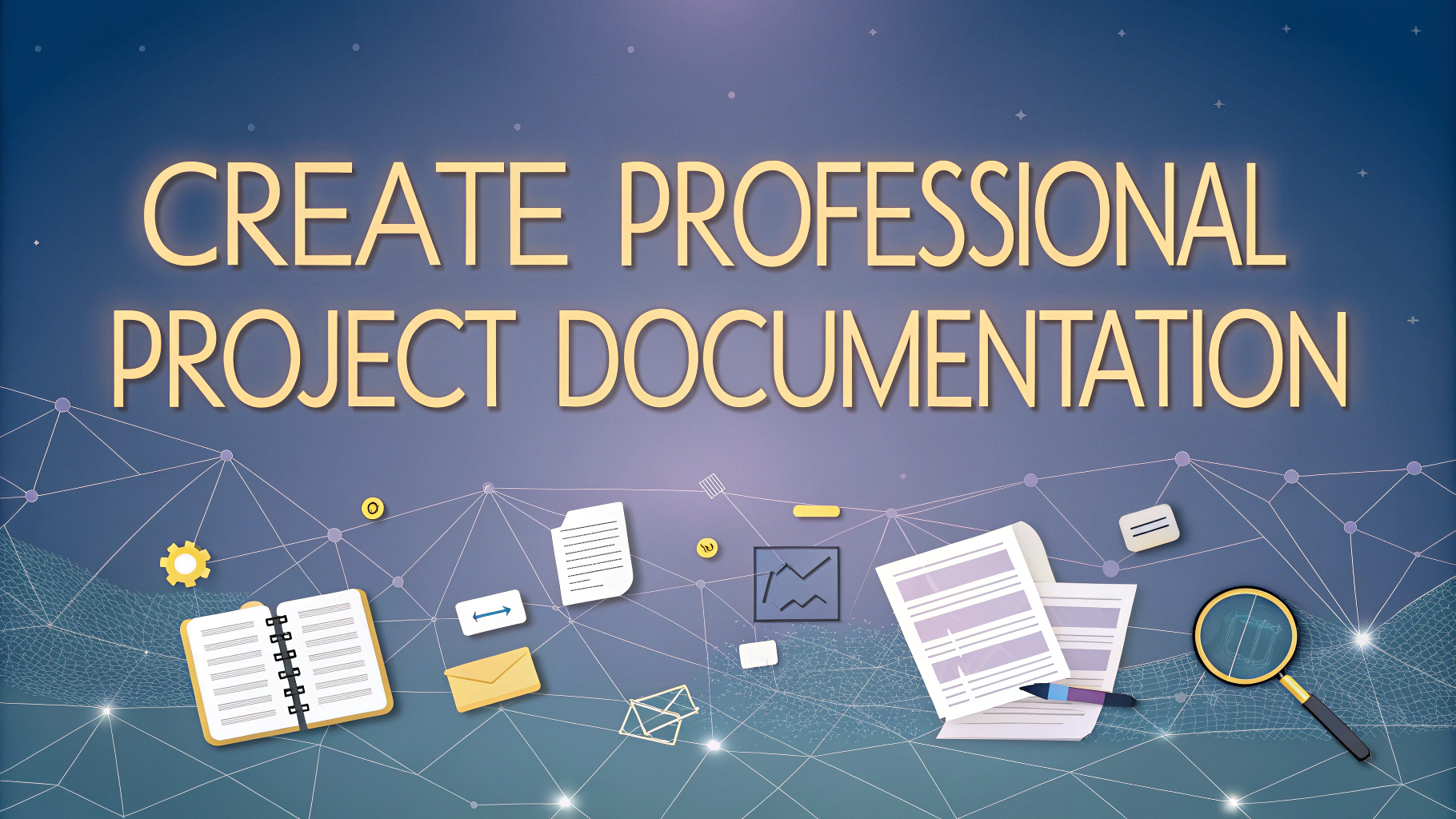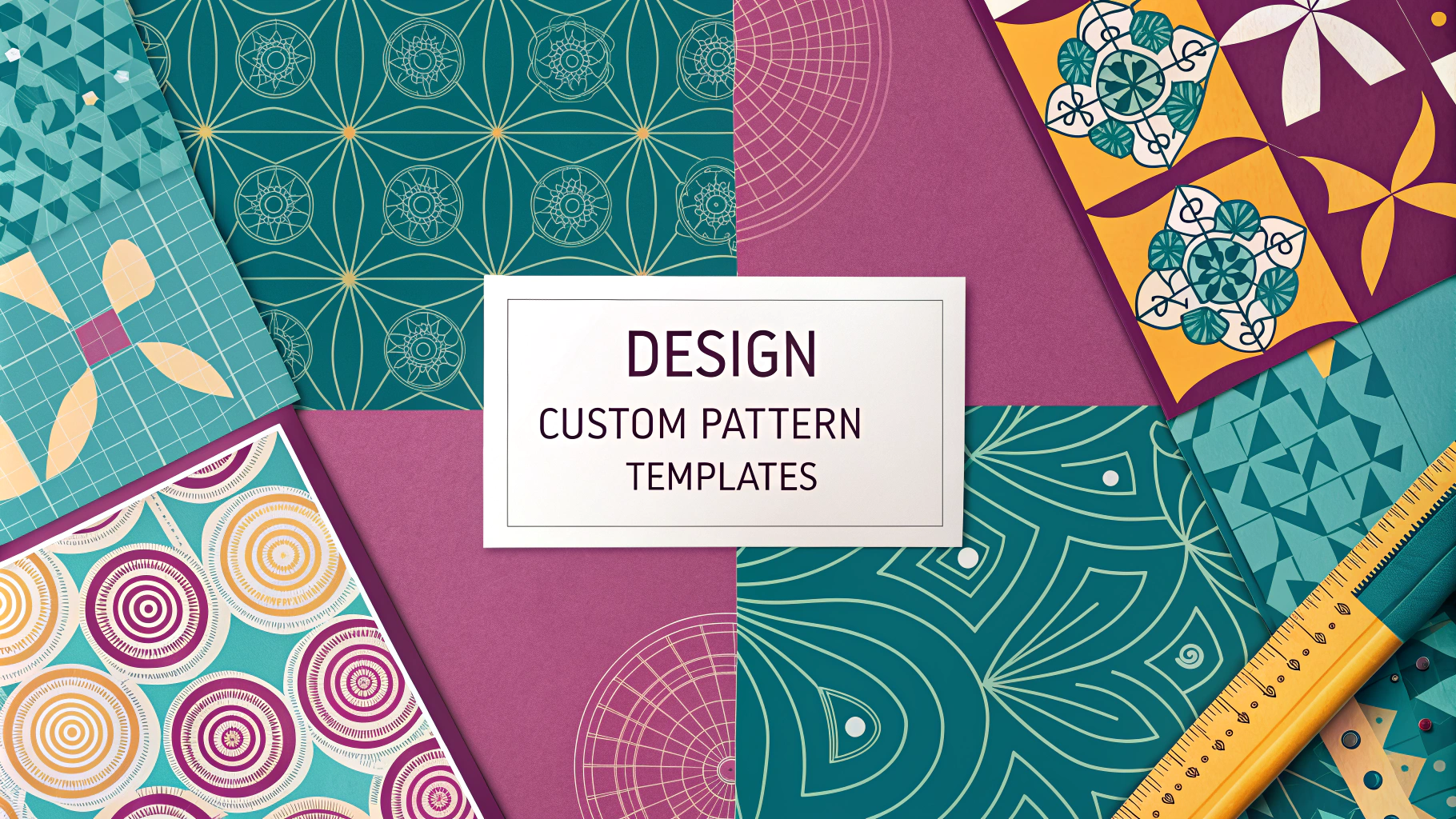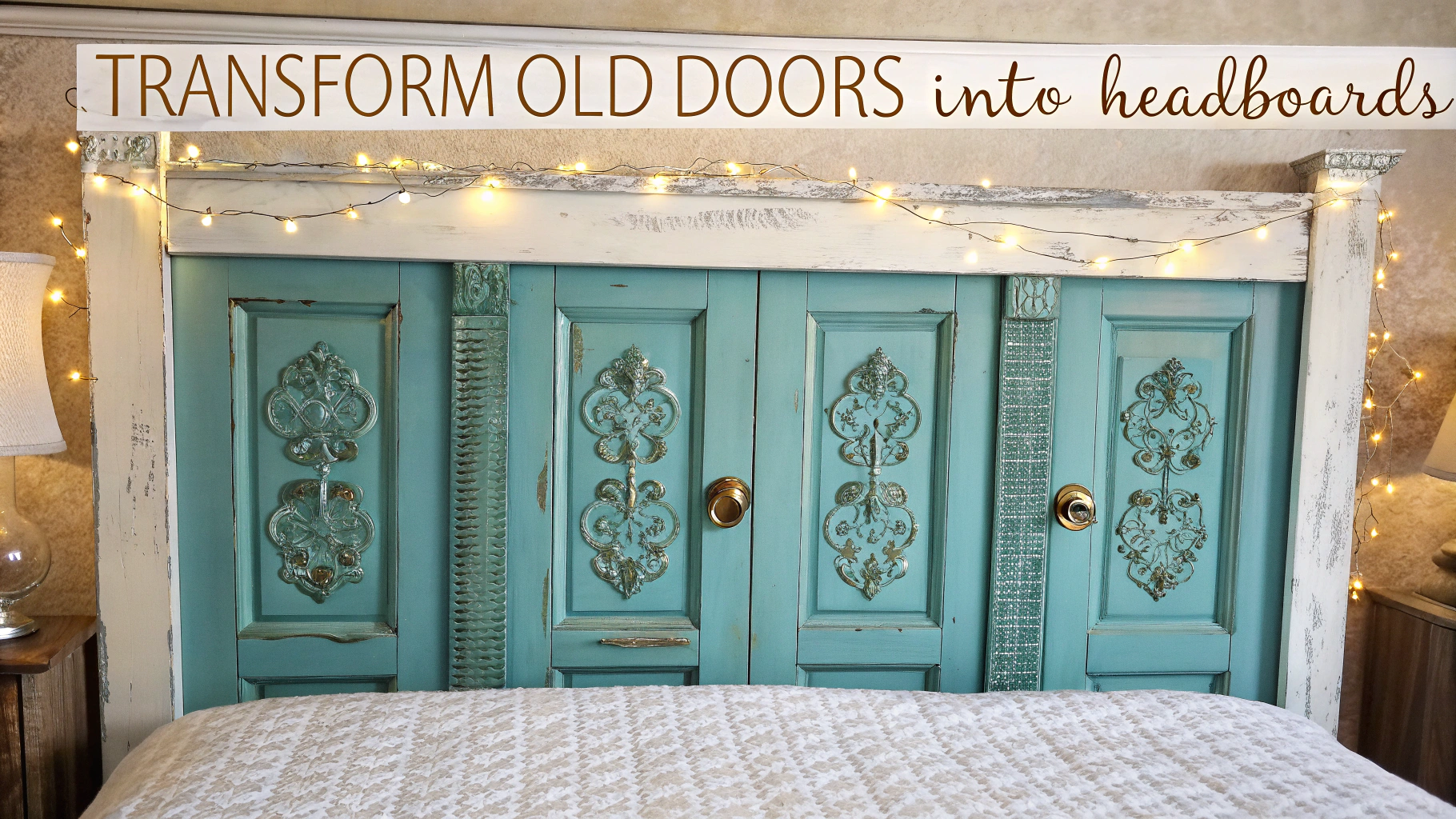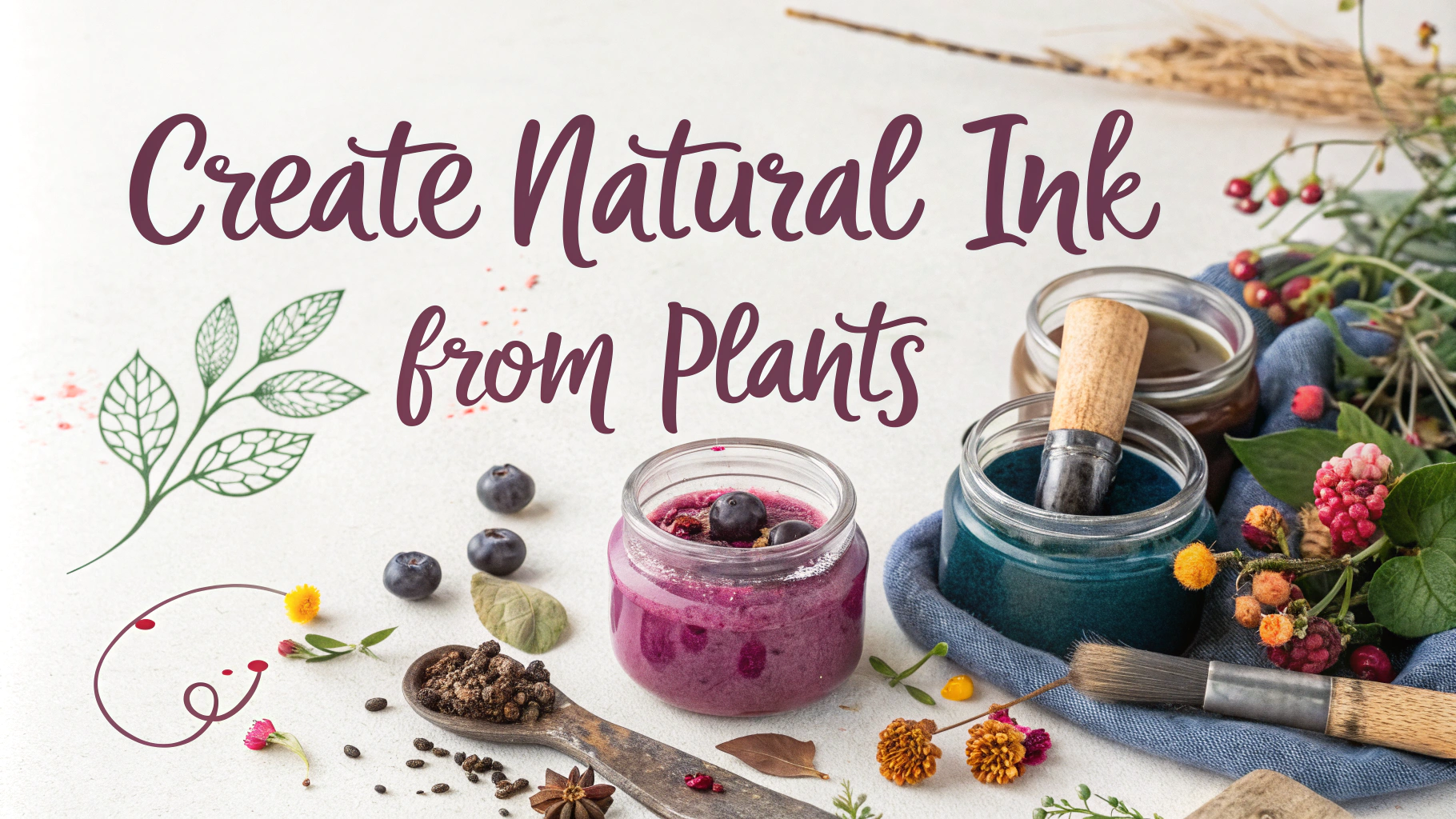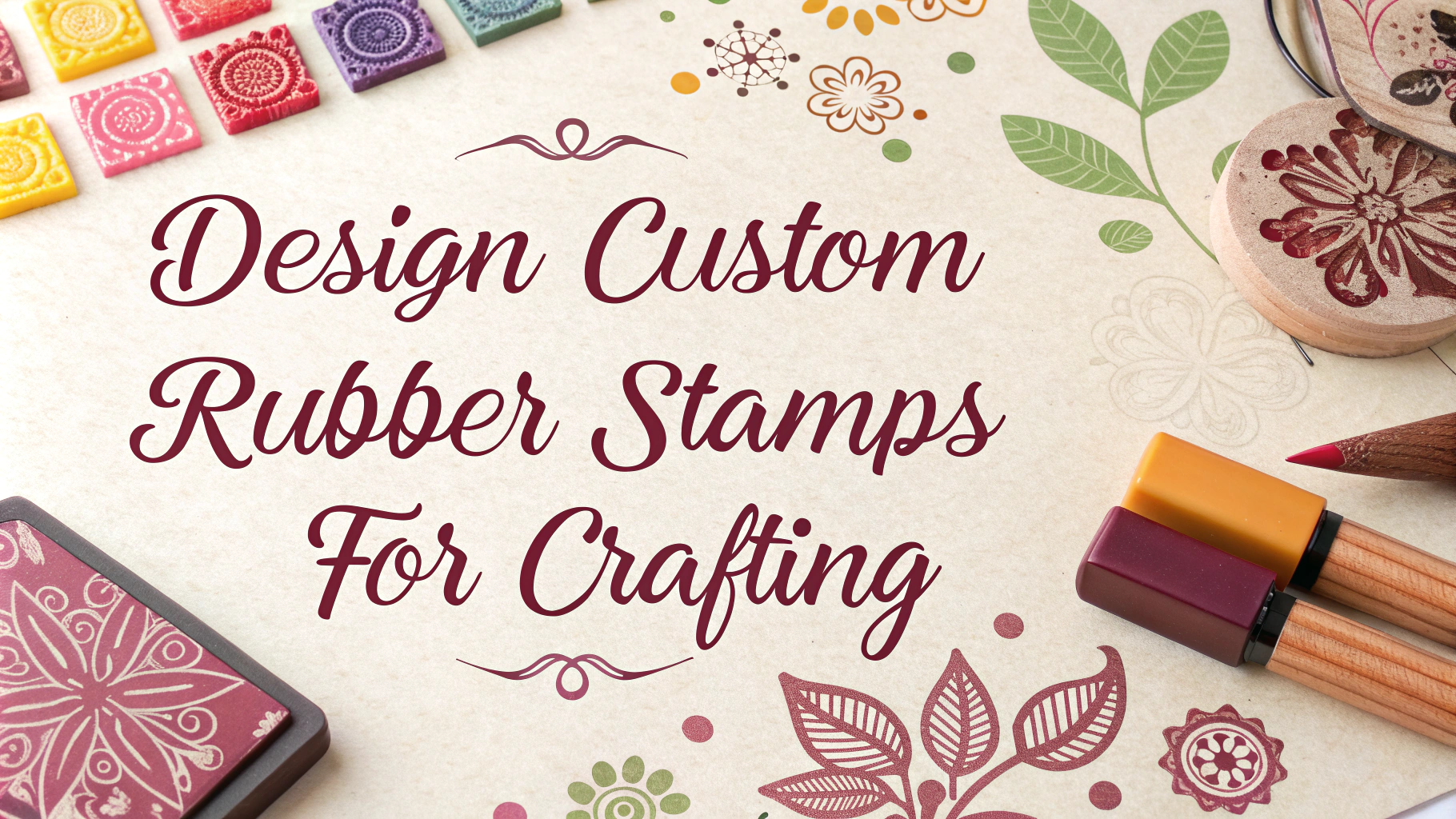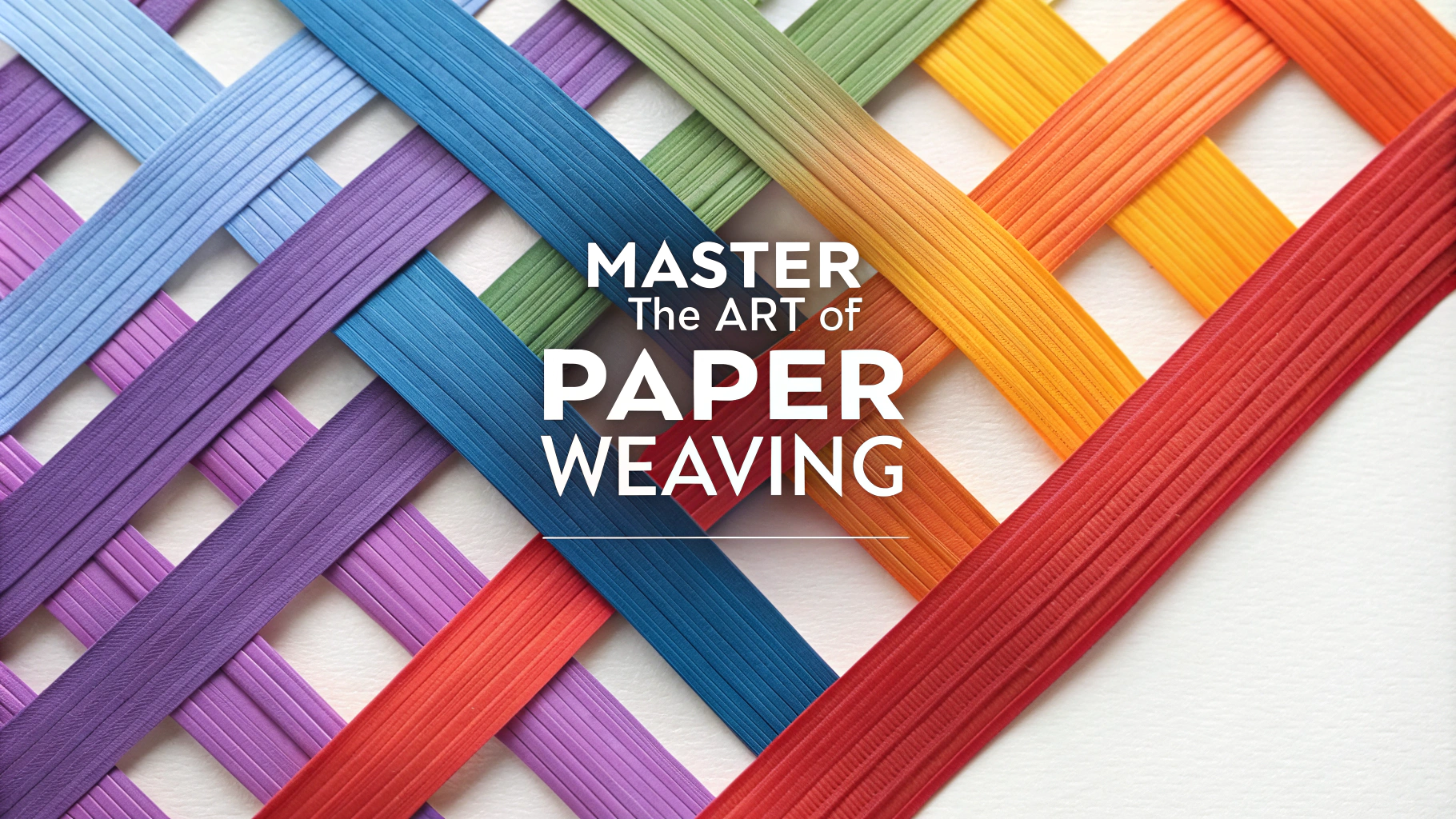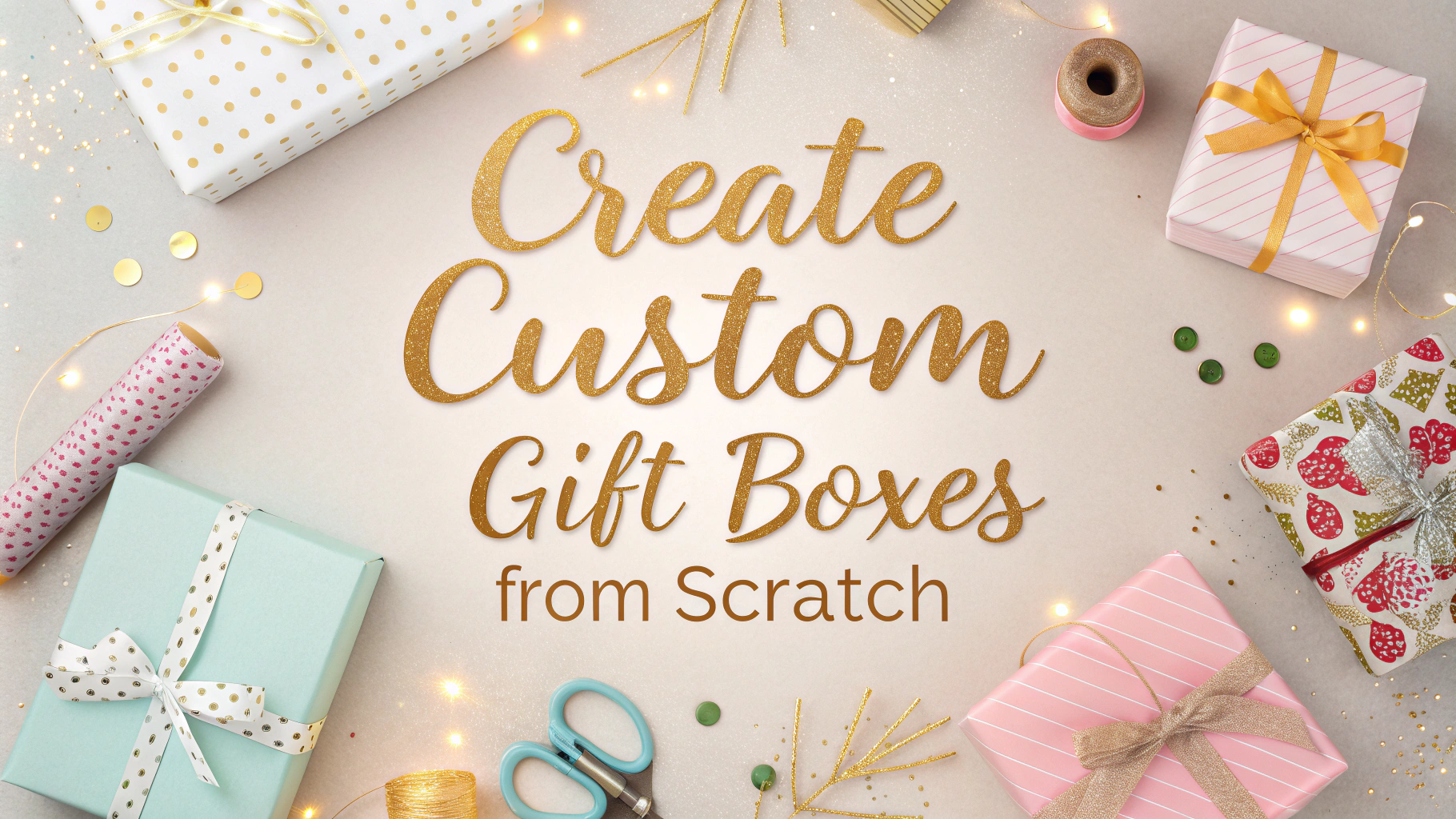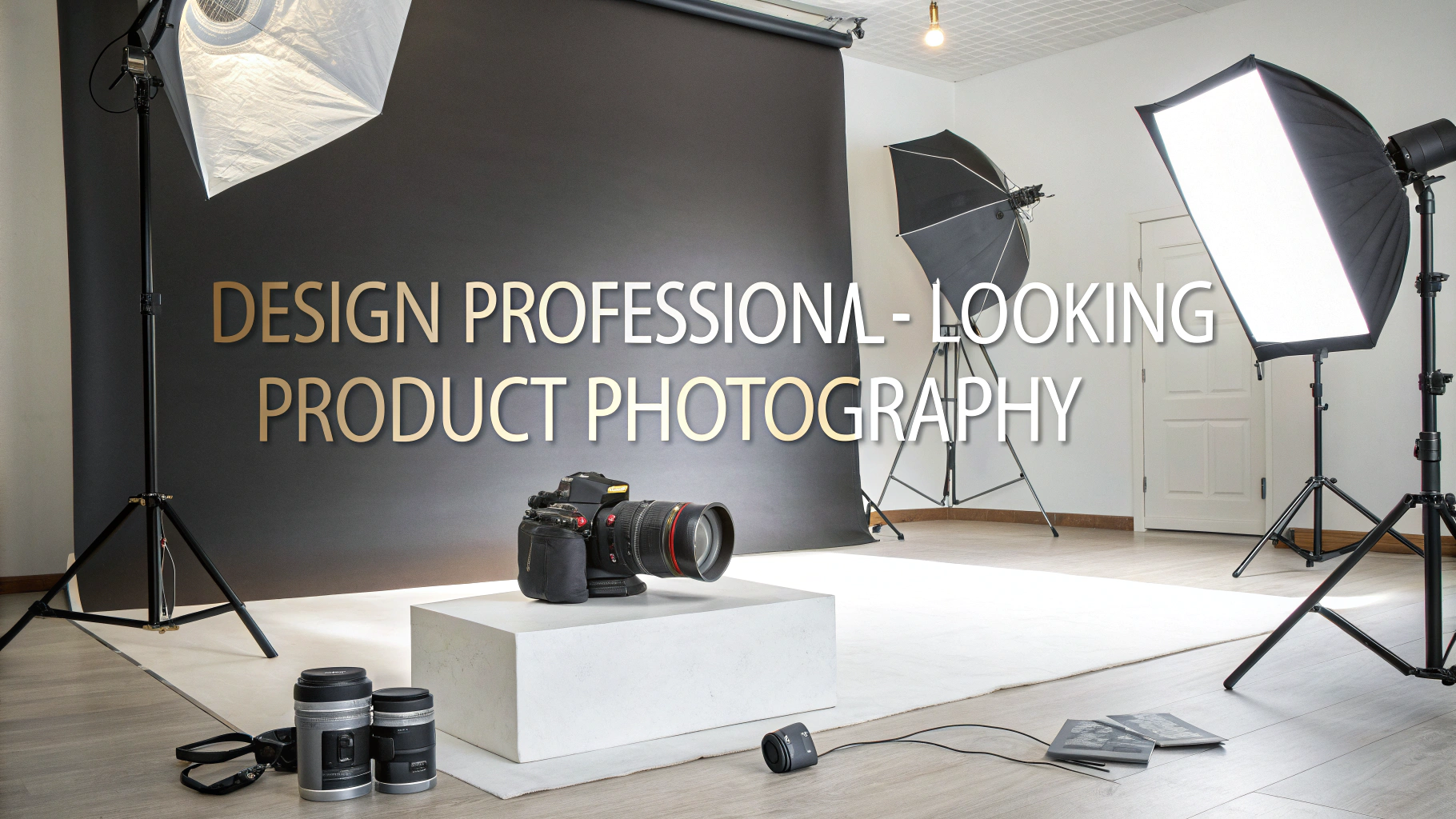Paper quilling transforms simple strips of paper into stunning three-dimensional designs through clever rolling and shaping techniques.
Essential Tools for Paper Quilling
- Quilling tool (slotted or needle tool)
- Ruler and scissors
- Quilling paper strips (3mm or 5mm width)
- Fine-tipped glue
- Template board or work surface
- Straight pins for holding shapes
Basic Quilling Shapes
- Tight Coil: Roll paper strip tightly around tool, glue end
- Loose Coil: Roll paper, release to desired size, glue end
- Teardrop: Make loose coil, pinch one end
- Square: Create loose coil, pinch four equal sides
- Triangle: Form loose coil, pinch three equal points
Advanced Techniques
Layer multiple shapes to create depth and dimension in your designs.
Combine different sized coils to create realistic flower petals.
Use husking technique (folding strip in half before rolling) for unique petal shapes.
Create texture by alternating tight and loose coils in patterns.
Problem-Solving Tips
- Prevent paper curling by storing strips flat
- Use minimal glue to avoid paper warping
- Work on wax paper to prevent sticking
- Keep hands clean to avoid marking paper
Project Ideas by Skill Level
| Beginner | Intermediate | Advanced |
|---|---|---|
| Simple flowers | 3D animals | Landscape scenes |
| Basic borders | Mandalas | Portrait quilling |
| Letter shapes | Jewelry pieces | Mixed media art |
Resources
Join the North American Quilling Guild (www.naqg.org) for workshops and pattern libraries.
Follow established quilling artists on Instagram using #paperquilling for inspiration.
Care and Storage
- Store finished pieces in dust-free display cases
- Keep work away from direct sunlight to prevent fading
- Use archival quality materials for lasting results
- Handle finished pieces carefully to maintain shape integrity
Creating Color Combinations
- Choose complementary colors for visual impact
- Work with monochromatic schemes for elegant designs
- Consider color gradients for realistic effects
- Use metallic papers for special occasions
Design Planning
Preparation Steps
- Sketch design layout before starting
- Calculate paper strip lengths needed
- Pre-roll basic shapes for efficiency
- Test arrangements before gluing
Mounting and Display
Mount finished pieces on acid-free backing board. Frame under glass with spacers to prevent crushing delicate shapes. Consider shadow box frames for deeper designs.
Common Mistakes to Avoid
- Rushing the drying process
- Overhandling delicate coils
- Using too much pressure when shaping
- Neglecting proper storage methods
Conclusion
Paper quilling offers endless creative possibilities for crafters at all skill levels. With proper tools, techniques, and practice, anyone can create intricate paper art. Focus on mastering basic shapes before advancing to complex designs, and remember that patience is key to achieving professional results.
FAQs
- What basic tools do I need to start paper quilling?
You need a quilling tool or slotted tool, glue, scissors, ruler, quilling paper strips, and a quilling board or template for basic projects. - How do you prevent paper quilling coils from unwinding?
Apply a small drop of glue to the end of the strip and hold it for a few seconds until it’s secure. Don’t use too much glue as it can make the coil look messy. - What’s the difference between loose and tight coils in paper quilling?
Loose coils are allowed to relax and expand after rolling, creating a larger, more open center, while tight coils are glued immediately after rolling to maintain a compact shape. - How do you make perfect teardrops in paper quilling?
Create a basic coil, let it relax slightly, then pinch one end to form a point while leaving the other end rounded. - What paper weight is best for quilling?
Papers specifically designed for quilling are typically 120-160 GSM (grams per square meter), providing the perfect balance of flexibility and stability. - How do you prevent your quilled pieces from getting crushed?
Store completed works in a shadow box frame or under a glass dome, and handle them by their edges rather than the delicate coiled areas. - What’s the best way to join quilled shapes together?
Use small amounts of clear-drying craft glue applied with a fine-tipped applicator or toothpick to attach pieces precisely where they touch. - How do you create uniform coil sizes?
Use a quilling board or template with circular guides of different sizes, and place your coils inside these circles while they’re still slightly loose to achieve consistent sizes. - What’s the technique for creating square shapes in quilling?
Make a basic coil, then use your fingers or a straight edge to carefully form four equal sides, pressing gently to create sharp corners. - How do you prevent paper strips from getting creased while quilling?
Keep the paper strip taut while rolling, and avoid bending or folding the strips before use. Store strips flat or rolled loosely to prevent unwanted creases.

